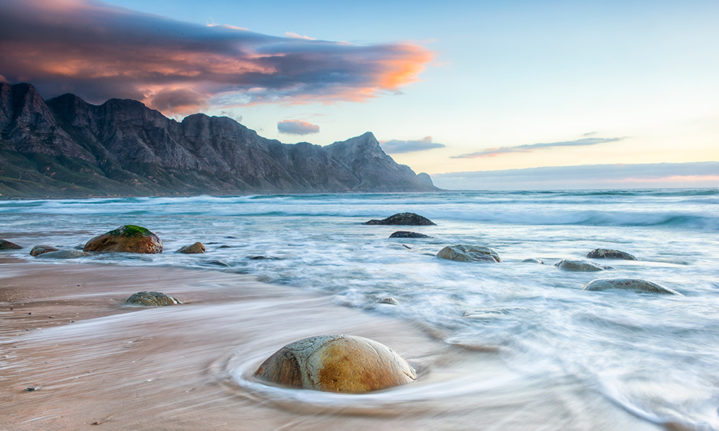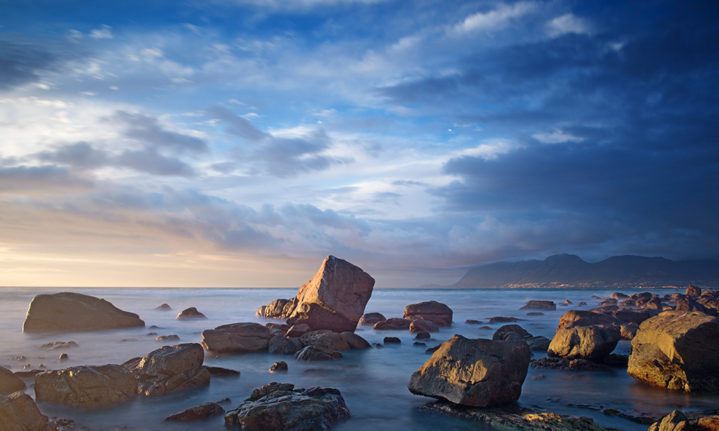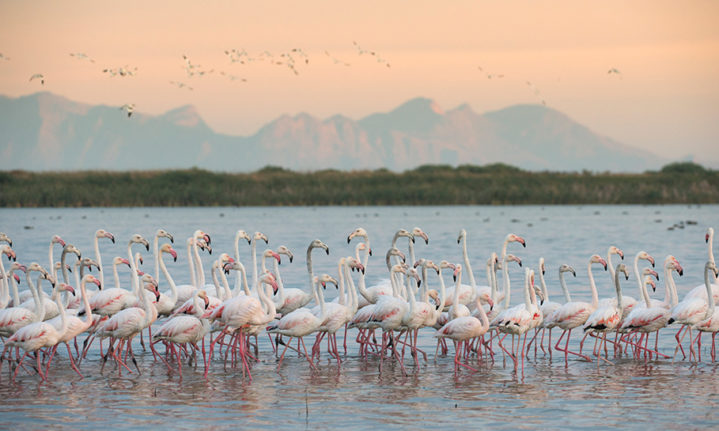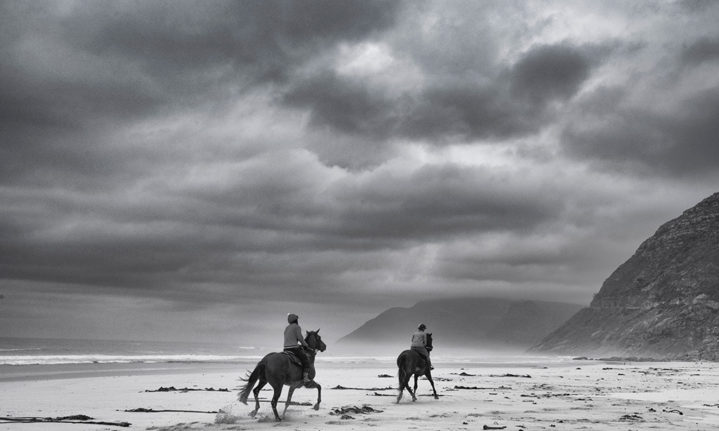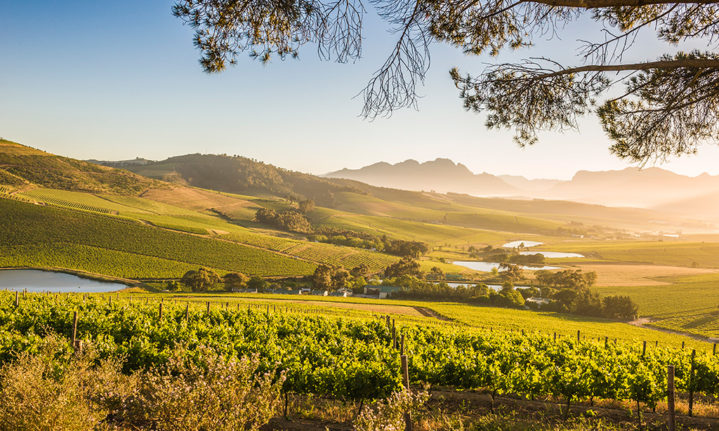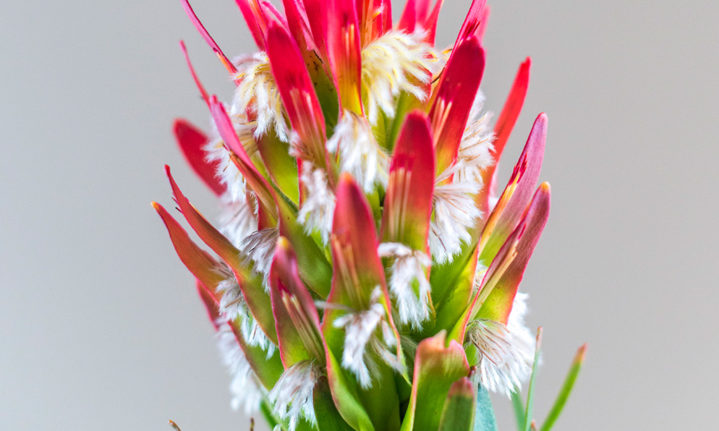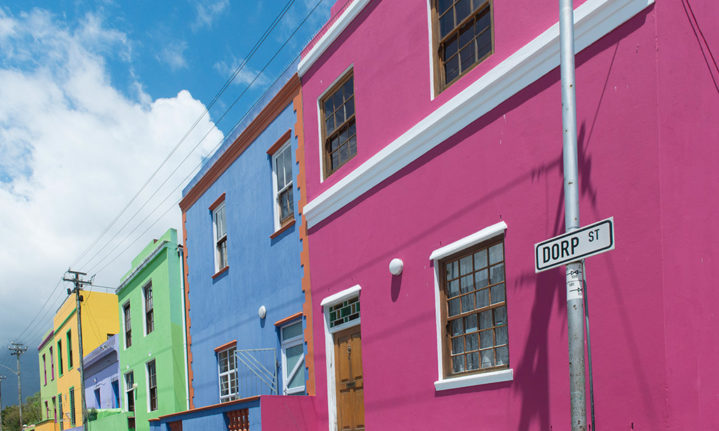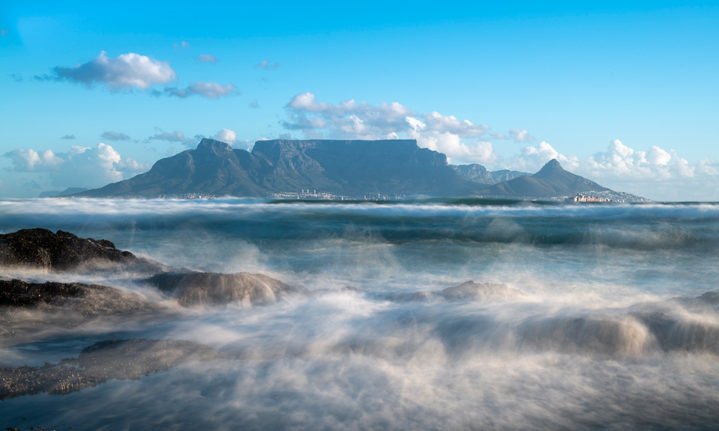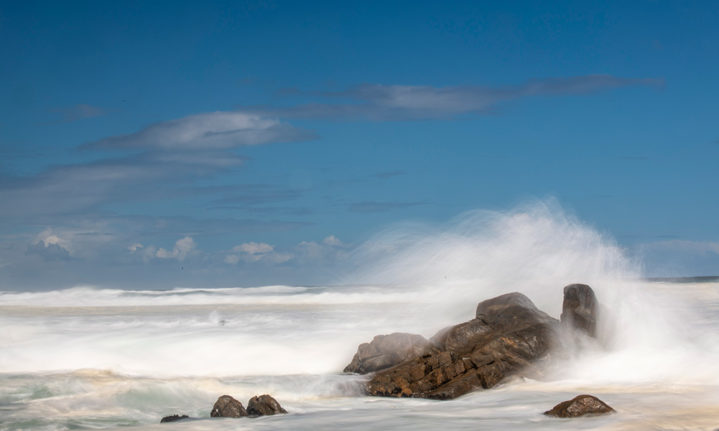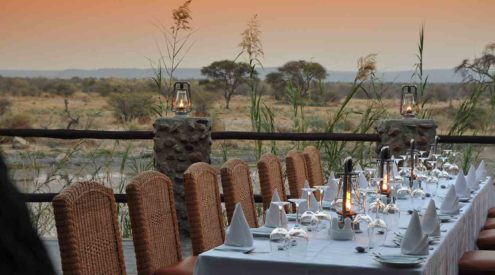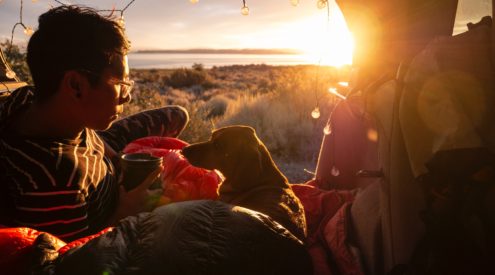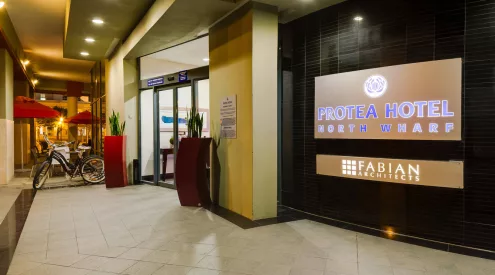Forget the wind-blown summers and blue sky, for photographing the mother city’s surrounds, winter is best. Not only is sunrise at a reasonable hour, the landscape is green, the fynbos is flowering, the folds in the mountains are crisp and whales are in the bay. What more could you want? Photographic guide David Rogers shares some of his favourite locations and photo tips.
Words and photographs: David Rogers
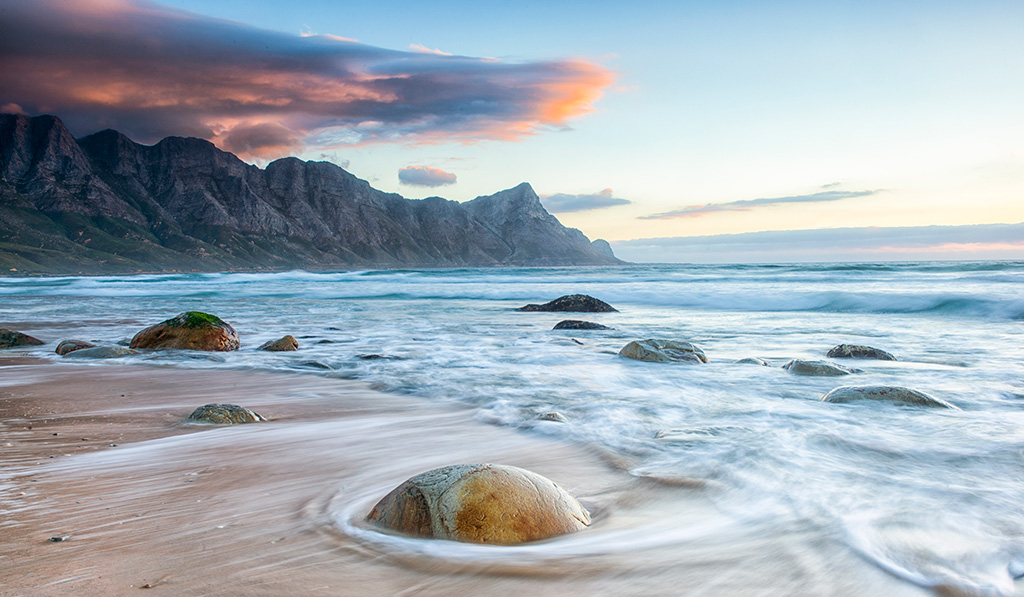
Looking towards Hangklip from the beach at Kogel Bay is a great spot for slow exposure photography. Finding a strong anchor point is important, and these rocks served the purpose perfectly. Using an ND filter is important in such scenarios: 1/20 second @f16.
Where to start
Along the wave-splashed walkway from Muizenberg to St James, you’ll often find me at dawn with students, cameras on tripods capturing the awakening skies. My go-to spot is a rock – it resembles a giant dice – and forms a frame for rocks, waves, clouds and the distant Hottentots Holland Mountains. If all goes to plan, and the dice rolls my way, the predawn scene explodes with light and colour.
The ‘Muze’ is a special place. With its Herbert Baker-designed railway station, lazy lines of surf, flocks of gulls and characters as interesting and weather-worn as the colourful bathing boxes that line the strip, it’s a place to fill cards, quickly.
As much as I love the Muze, the bathing boxes at St James reflected in the tidal pools, or the wide sweep of Fish Hoek beach could just as easily provide inspiration for a morning shoot.

The ‘Dice’ at Muizenberg is best captured in early dawn light, just before sunrise. A 3-stop 0.9 graduated ND filter is useful for helping to darken the sky. Using a soft graduated and hard graduated filter combines well in such situations.
Cape Point
The coastline from Boulders towards Smitswinkel and Cape Point National Park has to be among the most dramatic in the world with cliffs that drop away into the sea. The great views start well before the entrance to the park.
Inside the reserve, keep your long lenses handy for bontebok, eland as well as baboons, and make your way to one of the sheltered spots like Buffels Bay where you can find ostriches pecking away at the vegetation and flocks of gulls and terns rising and falling against the blue water.
If you want to capture the form of the point, you need to go up to the path near the lighthouse – or consider a boat, or a helicopter to get the true expanse. It’s not for nothing that shark expert Chris Fallows calls False Bay the Serengeti of the Sea. His company, Apex Tours, offers boat-based photography trips from Simon’s Town, which allow you to capture the beauty of this coastline from the water. Watch out for lob-tailing whales in August and September and the rush of white water as schools of dolphins, hundreds strong, chase down bait balls.
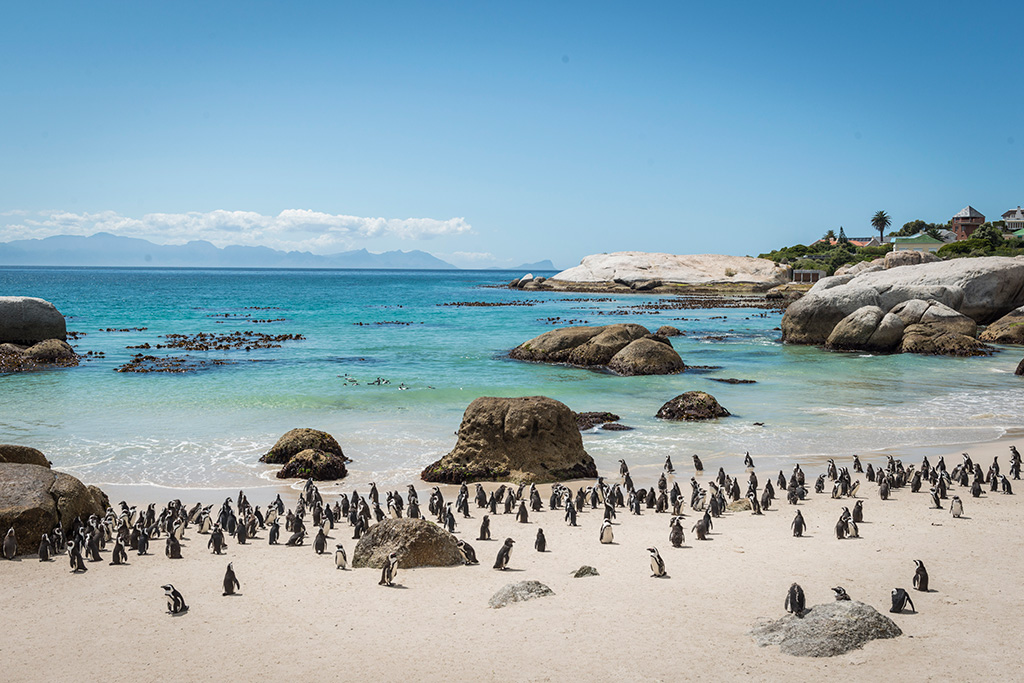
Tropical’ sea colour combined with comical subjects provides endless photographic scope at the Boulders penguin colony at Simon’s Town.
In a place with such grand sea and mountain views, don’t forget the smaller stuff. As winter progresses, proteas, ericas, leucadendrons and innumerable other species cloak the landscape in flowers and the pollinators they attract – be they insects, reptiles, birds or animals – can be wonderful subjects. Stay close to flowers, I say, and you will find things to photograph.
The Shipwreck Trail leads to the wreck of the Thomas Tucker which makes for a great photo opportunity that’ll have you reaching for your ND filter and tripod, wishing you could stay the night. SANParks does have huts in the reserve, so consider it.
Following the weather
Follow Yr.no and Windy to find out when winter fronts are rolling in and whether there is high cloud about. Photopills is a useful app to get precise locations of the arc of the sun as well as the moon and the location of the Milky Way. Be keyed into storms, spring tides, fires, winds, super moons, and mist which all contribute to interesting scenes.

The timeless view of Table Mountain from Blouberg remains a Cape photographic staple – enhanced by an unusual low-angle foreground and surf in motion.
Table Mountain
Walking alone with camera gear on the mountain is not advised but there is safety in numbers at the top of Signal Hill on a full moon evening or sunset. It’s also great at sunrise if you want to photograph the mountain at first light, especially when mist blankets the city.
For the more distant views of Table Mountain, Belloy Street, Bloubergstrand is hard to beat. Here, right next to the road, are rocks where you fill your frame with pools, open seas and the finest view of the iconic flat-topped mountain. It’s best at sunset and a little after if there are high-level clouds.

Birds and flowers come together in Kirstenbosch Gardens. I shot this sunbird on a flowering leonotis on a tripod, with a 400mm f4, at 1/1000th of a second.
In winter, you will often find me with a set of lenses, a tripod, a flask of coffee, waiting for sunbirds and sugarbirds in the fynbos garden of Kirstenbosch. It’s the best place in Cape Town for capturing flowers, birds and great views with colourful flora. There are owls, guinea fowls and once, in the late evening, I spotted a Cape fox. After rain, the gushing waterfalls coming down Skeleton Gorge and Nursery Ravine can make for great long exposures.

Slow down the action on the coast by taking a long exposure. During bright conditions a 3-stop ND filter will help you get the required exposure (in this case 1/10th of a second). Experiment with shutter speeds to see what suits.
Slow it down
To create something artistic, a tripod and an ND filter, enabling slow shutter speeds, produce interesting abstracts and turns the moving sea into something more whimsical and ‘painterly’.
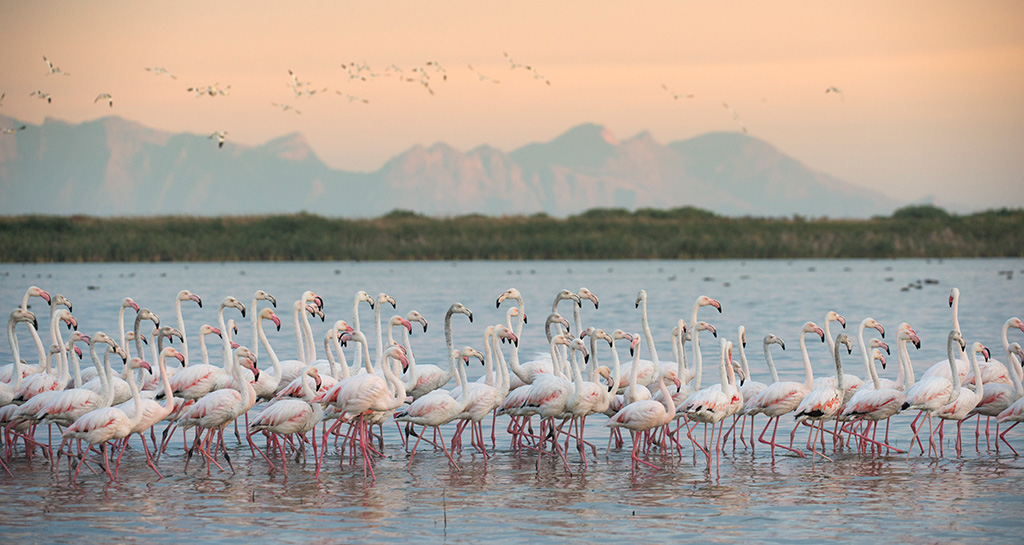
Birders will find more than 200 feathered species at the sewerage works at Strandfontein. The 306-hectare site is actually a water-treatment area and not as ghastly as it sounds. I have spent many times here crawling around pretty close to large flocks of flamingos. Intaka at Century City is much more clinical and also great for kingfishers and water birds. Just get there before the school groups.
The Atlantic Coast
The road from Misty Cliffs is spectacular and the scenes are as mystical and interesting as the name suggests. As you drive further to Kommetjie, Noordhoek and Chapman’s Peak, there are more glorious folded yellow sandstone cliffs and wild, ice blue seas.
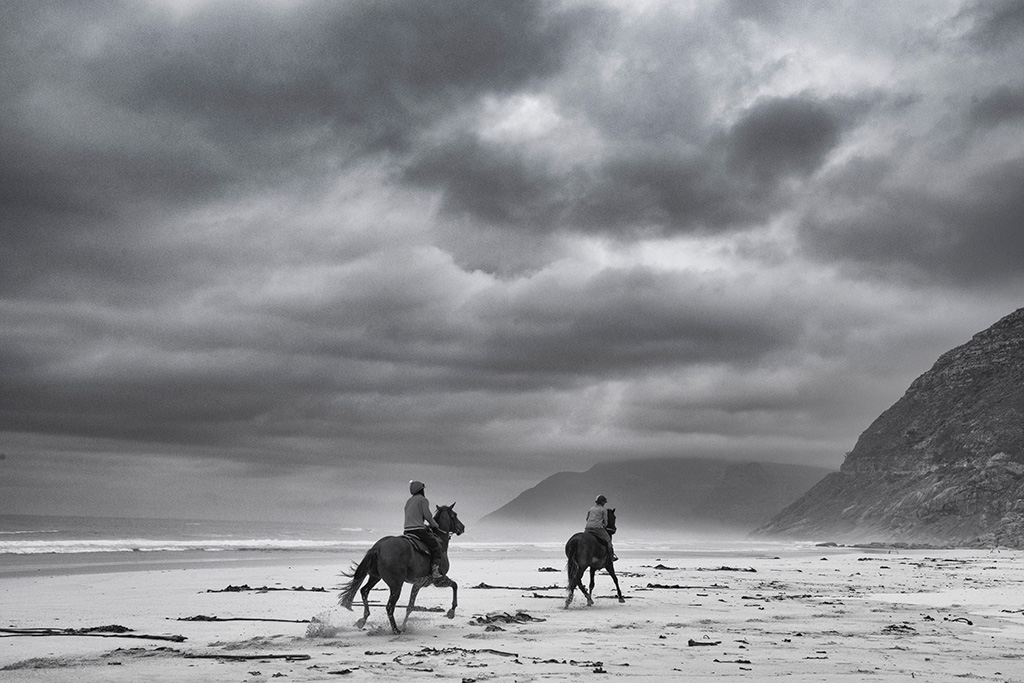
Early morning riders on Noordhoek Beach on a misty winter morning make for great subjects.
Take your pick of great spots to photograph including the lighthouse at Kommetjie. The corner of Noordhoek Beach nearest Chapman’s is popular for wedding and family shoots and in the early mornings you might find racehorses dashing through the sand and surf. There are innumerable vantage points along Chapman’s Peak.
Closer to Cape Town, you could also set up for sunset at Maiden’s Cove looking back over Camps Bay towards the 12 Apostles. All along this coast you will find lots more granite cliffs – part of the same vein of intrusive rock, which makes such impressive backgrounds.

This pastor literally jumped for joy when I gestured to take a photograph of him on Muizenberg Beach. Sometimes people are less willing.
Rooms with a view
At SANParks self-catering tented camps at Smits-winkel (from R810 for two) and Slangkop (from R650 for two), you’ll enjoy great evening and morning light in special places. Contact [email protected] or call 021 712 7471.
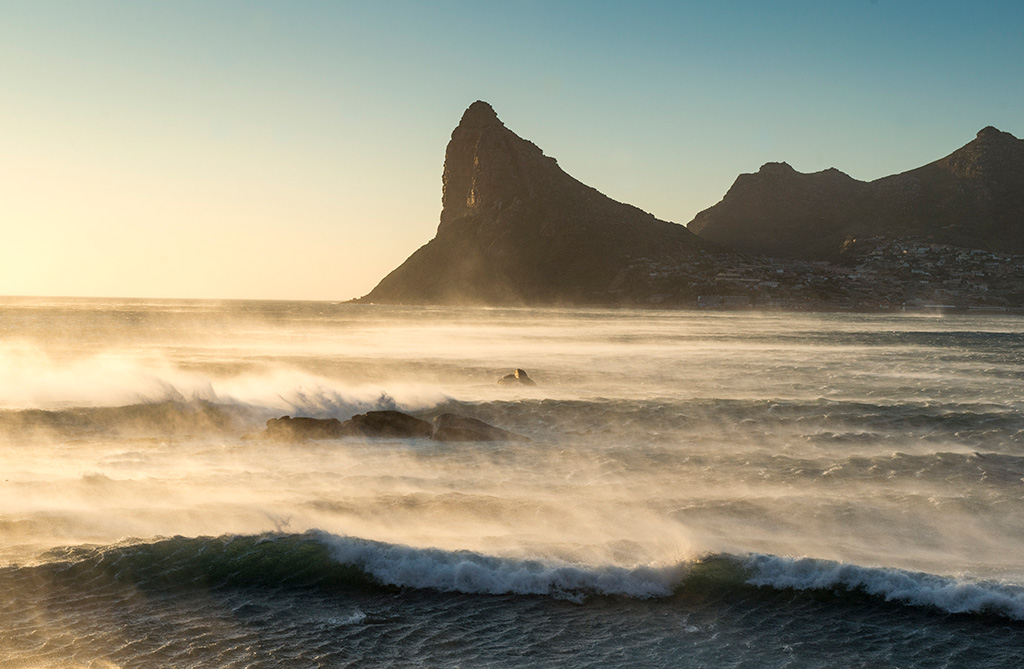
The Sentinel from Tintswalo Atlantic, photographed, over a sunset cocktail, on a windy day: f8, 1/2000th of a second.
Tintswalo Boulders is a convenient and luxurious base from which to capture the early morning and late afternoon light at Boulders Beach. Rates start at R2 855 per room per night sharing (SADC only) including breakfast. For Tintswalo atlantic, rates are from R4 975 per room per night sharing (SADC only) including breakfast, evening canapés, welcome bottle of wine and a room that is so close to the water you can shoot landscapes from your bed. [email protected]. tintswalo.com
Winelands and beyond
I’ve spent many afternoons standing on the back of a bakkie photographing the lines of vineyards and mountains beyond. What I would have done for a bit of help from a drone – higher than a ladder and well below a helicopter. For sweeping views, with elevation, I can really recommend a 4×4 ride at Jordan Wine Estate where you can look down over vineyards, fynbos and a patchwork of farms to the Hottentots Holland Mountains. Delheim and Vergelegen estattes are also set right against the mountain and offer great views.

From a hilltop on the Jordan Estate, you can sip wine and shoot northwards towards the Hottentots Holland Mountains. Sometimes it’s helpful to hide the sun behind a tree when shooting backlit scenes.
Drive from Strand to Kleinmond on a clear day. The road follows the white beaches, with mountain and blue seas stretching all the way to Hangklip, the hanging rock that punctuates the end of the False Bay. And lording above the majestic scene is the Kogelberg, which contains one of the richest treasure chests of botanical gems in the world. Take some wide shots before the turnoff to Kogel Bay Resort and then take off your shoes and walk down the beach. If you use a wide-angle lens and an exposure of a second or more, the grit of rock and swirls of water are magnificent foregrounds to the scene. Shoot well into the dusk and beyond when the phosphorescence lights up the waves and stars twinkle in the skies.

This mimetes in the entrance hall at Kirstenbosch was shot in situ using a 100mm lens against a white background.
Shoot the Cape with David
David runs photo workshops in Cape Town. You can join him for a session in Muizenberg starting from R500. Find out more on davidrogers.co.za and photosandcapetown.com
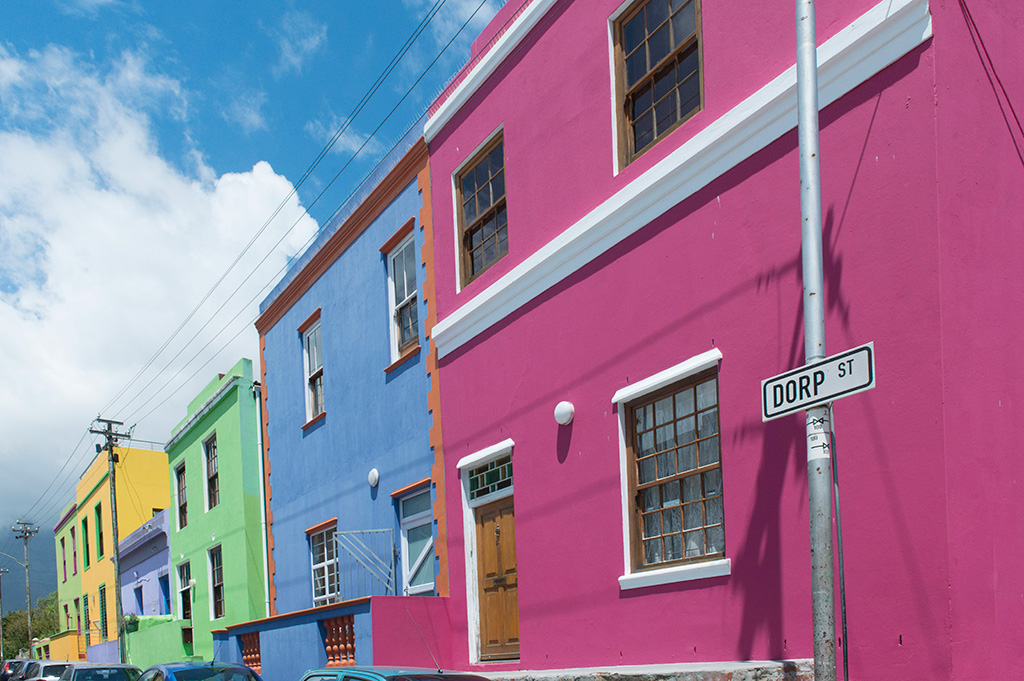
Street Photography
Bo Kaap, Woodstock, Langa and Khayelitsha street tours are offered by Closer to Africa. 061 6362754 or email [email protected]. Rates start at R250 pp and 10% goes to the local communities. You’ll get a 20% discount if you say you saw it in Getaway.

Marine Life
Join Apex Predators for a dawn trip to Seal Island for R1 500 per person plus VAT for a group of six photographers. Their seven-person boat has removable doors which is great if you encounter common dolphins and other marine life. The guides will also be on the lookout for bait balls with sea birds such as terns, cormorants and sooty shear-waters working on them.









